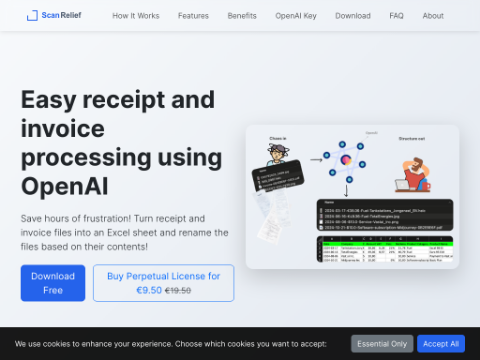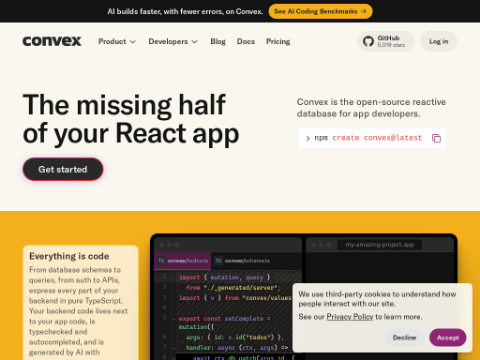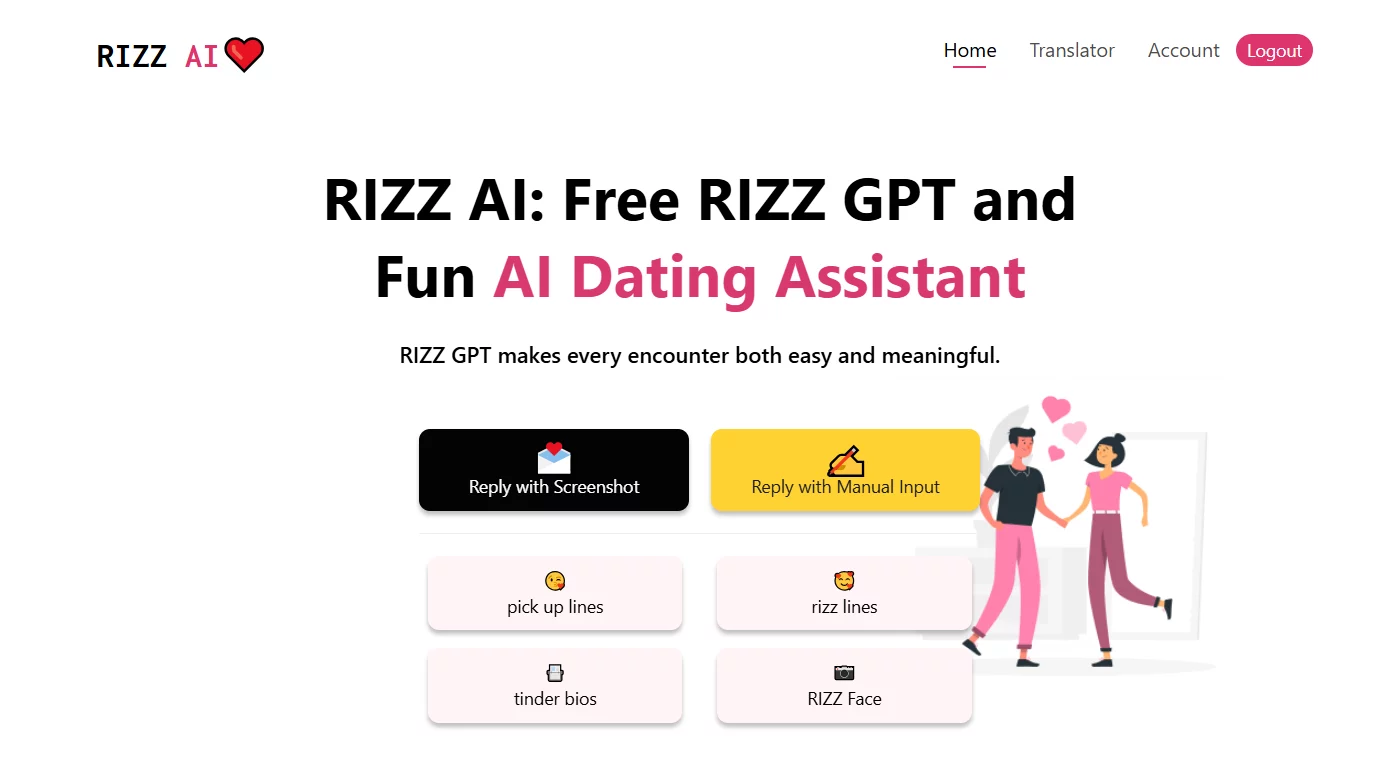Samsung Electronics Co. announced today its plan to integrate Google LLC's Gemini language model series into its upcoming Ballie home robot.
This integration broadens the existing artificial intelligence partnership between the two companies. Earlier this month, Samsung introduced new Gemini-integrated features in its flagship Galaxy S24 smartphone series, enabling users to point their device cameras at objects and receive relevant information from Google's AI.
The Ballie robot, which will feature Gemini integration, was first previewed in 2020. Since then, Samsung has updated the machine's design multiple times. The latest version, expected to launch this summer, is about the size of a basketball and navigates homes using wheels.
Users can interact with Ballie through voice commands or virtual buttons, which are displayed on the floor by an integrated projector. These buttons can be pressed by stepping on them.
Ballie's projector also functions as a video streaming tool. At this year's CES trade show, Samsung demonstrated how users could ask the robot to project movies onto walls. The built-in AI automatically positions the robot to maximize projection quality.
Besides these capabilities, Ballie can greet users at the door, set reminders, and adjust smart appliance settings. With Gemini, it can generate health suggestions based on information retrieved through Google searches.
The Gemini series includes several algorithms with different capabilities and pricing. While Samsung hasn't specified which algorithm will be used, the most likely candidate is the entry-level Gemini 2.0 Flash-Lite, known for being the fastest and most cost-effective model in the series. Higher-priced Gemini models offer advanced reasoning capabilities, which may not be necessary for a home robot.
"By utilizing Gemini on Google Cloud, Samsung demonstrates how generative AI can be deployed at scale and directly integrated into the core of their popular products," said Thomas Kurian, CEO of Google Cloud.
Samsung also noted that Ballie would incorporate an unnamed "proprietary Samsung language model." This might refer to the Gauss2 series developed internally, detailed by the company last December. One algorithm in this series, Gauss2 Compact, is specifically optimized for "limited computing environments" such as smart home devices.
Samsung's models are multimodal and support up to 14 languages. They are equipped with a custom tokenizer, which converts input into tokens—a crucial part of large language models. By breaking down user instructions into tokens, each containing small units of numbers or letters, the information becomes easier to process.
Samsung is no stranger to the home robotics market, being one of the largest suppliers of robotic vacuum cleaners globally. It also manufactures various other home appliances.
Given Ballie's extensive AI functionalities, Samsung may power it using chips from its Exynos series of smartphone processors. The most powerful chip in this series, the Exynos 2400, features an eight-core graphics processing unit based on Advanced Micro Devices Inc.'s RDNA 3 architecture. Samsung claims this chip can run AI models over 14 times faster than its previous generation silicon.








